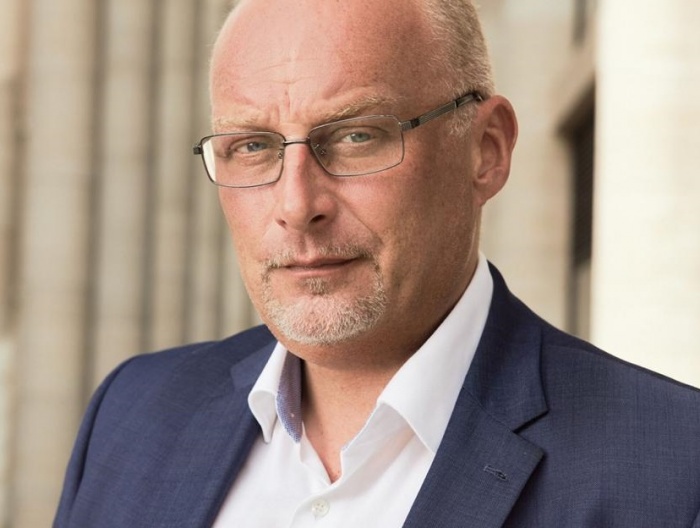
BTN interview: Sergey Korneev, chairman, Saint Petersburg Committee for Tourism Development
The city of Saint Petersburg has been recognised with three top honours at the World Travel Awards – walking away with prizes for World’s Leading City Destination, World’s Leading Cultural City Destination and World’s Leading Marketing Campaign.
Here Breaking Travel News talks to Sergey Korneev, chairman of the Saint Petersburg Committee for Tourism Development, to find out more about the city as it bounces back from the Covid-19 pandemic.
Breaking Travel News: How would you describe the mood in Russia tourism as we enter the latter half of 2021? Has the market begun its recovery from the Covid-19 pandemic?
Sergey Korneev: The mood of the representatives of Russia tourism is ambiguous – much depends on the segment of industry they implement their activities in.
Thus, in big cities tourism and hospitality spheres, greatly connected with social and cultural events, suffered the largest revenue losses due to postponed or cancelled activities and the absence of foreign travellers and business events.
At the same time, in the resort areas, such as, for example, Sochi, the situation with tourist flow is much more optimistic.
According to the Russian federal agency for tourism, in the second half of 2021 some Russian travel companies have even reached the indicators above the before-pandemic ones.
ADVERTISEMENT
This became possible thanks to adoption and implementation of the national project “tourism and hospitality industry,” as well as thanks to active traveling cashback promotions initiated by the Russian federal agency for tourism (Rostourism) and, of course, due to coordinated work of experts and professionals of the tourism industry.
Russian travel industry has survived the largest crisis in history and is moving forward, with huge potential for further development.
The situation with borders opening is yet not clear in the world, so it’s difficult to make any clear forecasts for industry complete recovery.
Still, some positive prerequisites for maintaining sustainability are obvious - many industry participants are actively adapting to the current situation.
Serious players have found new business models and developed their new products.
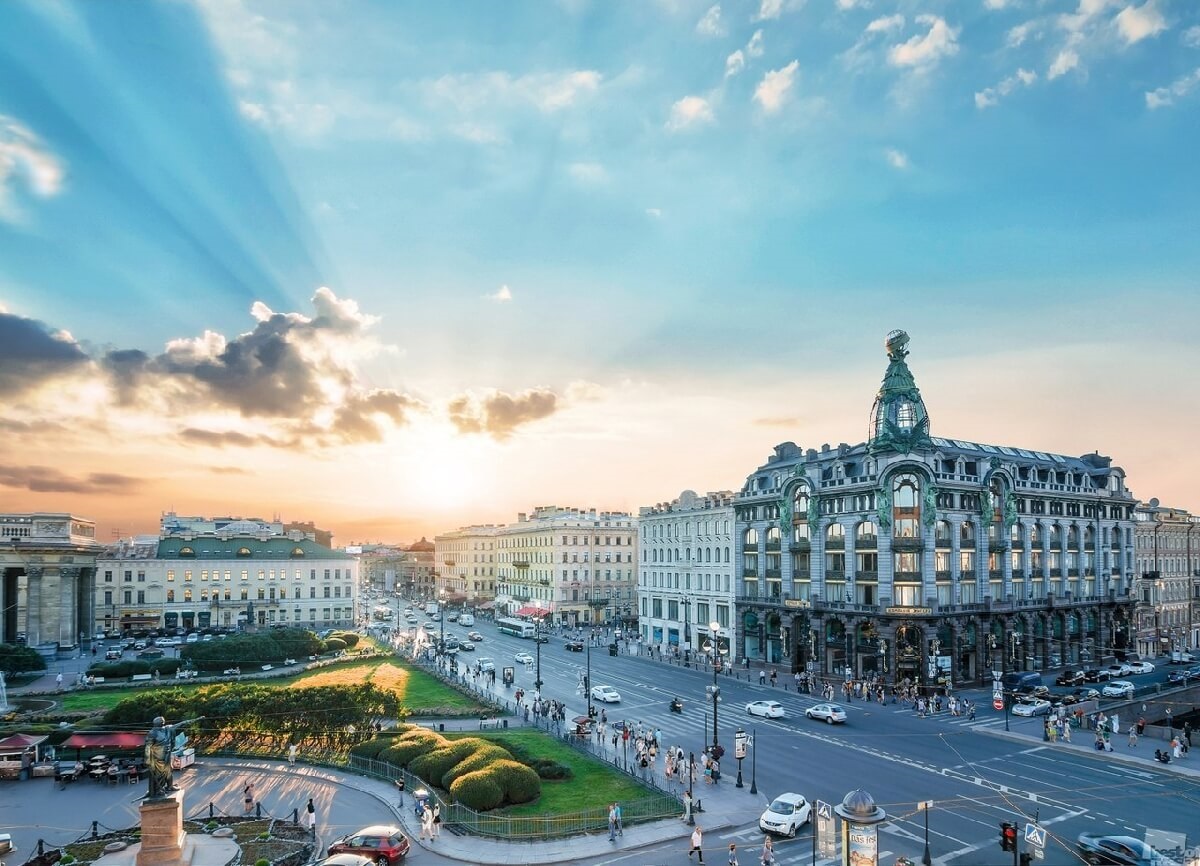
BTN: In what ways have you been promoting that the city is now reopen to travellers?
SK: Well, it’s a fact that the borders of a number of countries in the world are still closed for travellers.
But we’ve introduced our active information campaign thus to be in sight for residents of both Russia and foreign countries, hoping they would choose our city to visit at the moment when it becomes possible.
Throughout 2020 and 2021 Saint Petersburg has been promoted by us in the Russian and foreign information field.
We have conducted extensive marketing campaigns, applying modern technologies and new formats.
The official tourist portal and popular social networks present a lot of live broadcasts, so both foreign and Russian citizens have the opportunity to see the city’s life and events even in the existing restrictions for traveling.
Also the ‘City on the Neva’ participated in all big, specialised Russian and world exhibitions, in four of which St. Petersburg presented its online virtual stand.
Since September, citizens of 160 countries can make a virtual trip to St. Petersburg at the website of the Euronews channel through the Internet hub “Visit Petersburg” within a special issue of the channel.
The original content, available at active link and in 12 languages, presents a beautiful set of pictures, videos and short stories about the northern capital of Russia.
Besides, we develop and promote our new programs, which enhance tourist attractiveness of St. Petersburg.
For example, one of them - “Two cities – million impressions” – is our joint project with the Moscow Committee for tourism.
It offers travellers to feel all the variety of hospitality and tourist potential of the two biggest and most interesting Russian cities.
The program includes 30 tourist routes, 45 cross-regional products.
A joint calendar offers different events in Moscow and St. Petersburg, 60 hotels of both cities provide their loyalty programs, and some restaurants have also developed their special offers.
By giving our guests a great choice of routes and ensuring safety of their stay in St. Petersburg, we maintain the status of a leading tourist centre even in these difficult times.
St. Petersburg has become the first city in Russia to join the global World Travel & Tourism Council’s initiative - the SafeTravels program.
The city has introduced its own marketing sign “Petersburg’s Hospitality/SafeTravels SPb” proving its status of a safe destination.
Supporting the SafeTravels SPb campaign, 1,800 of the city’s tour operators and hospitality companies have become members of this international safe travels program.
Within the program, they inform travellers that their services meet the international sanitary and hygienic requirements and epidemic and safety standards.
Also, in order to meet the actual needs of travellers and distribute tourist flows in a better way, we are developing the project “New cultural and tourist geography of St. Petersburg”.
The essence of the project is to integrate classic, modern and planned objects and locations into the current travel city map.
The new tourist geography provides various routes and products for all categories of travellers and serves as a guide to the city’s modern locations.
Today the map of the St. Petersburg new cultural and tourist geography features 20 main areas in basic tourism segments: recreational, health and medical, cultural and incentive, business and educational, family tourism, as well as facilities for shopping, creative leisure and places for youth.
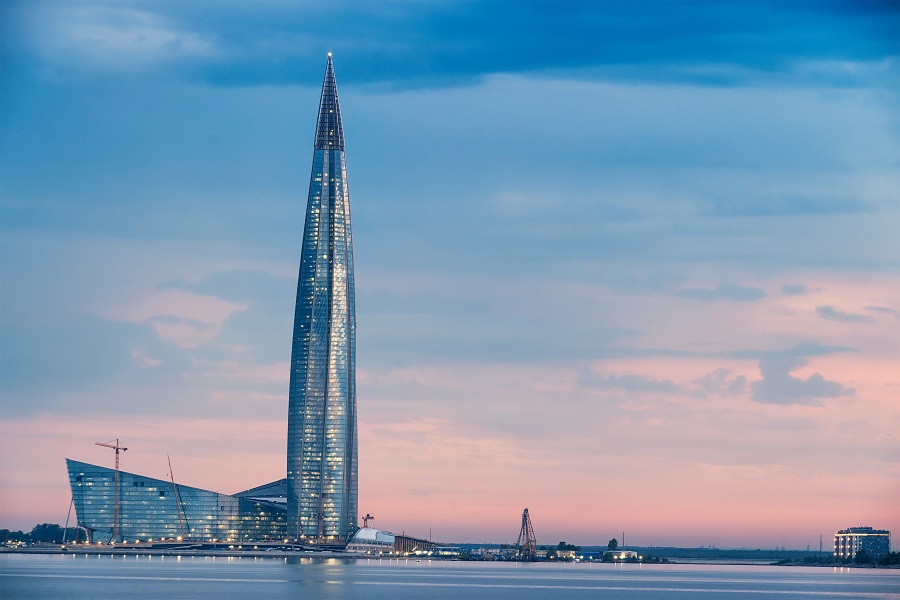
BTN: Has domestic tourism been able to replace international markets over the past year – can you give us an understanding of visitor numbers for 2020/21?
SK: By September, about three million tourists visited St. Petersburg this year.
This figure includes 236,000 foreign tourists, with the consideration of all world travel restrictions.
However, domestic travellers are not able to compensate the foreign flow in St. Petersburg.
In 2019, about 10.5 million tourists visited the City on the Neva, almost half of them – foreign guests.
The Northern Capital of Russia is a world cultural centre – annually millions of visitors from all over the world seek to see its famous ensembles and collections and feel the spirit of what is called “the unique St. Petersburg atmosphere,” with its modern rhythms and life.
A drop in tourist flow was predicted up to 90 per cent at the beginning of the pandemic, but in fact the decrease was about 70 per cent.
Domestic tourism allowed to compensate about 20 per cent of the losses caused by the reduction of foreign visits. St. Petersburg participated in all parts of the “tourist cashback” program launched by the Russian Federal Agency for tourism (Rostourism) in summer 2020, under the decision of the Russian Federation Government.
Many new interregional proposals continue to appear and develop.
The “Silver Necklace of Russia” has become very popular for the past two years due to the increased interest towards the Russian North.
The guides travellers through historical and cultural places and towns located in 11 regions of the North-Western Federal district of Russia.
This project has gained a new breath thanks to the improved transport communications between the regions.
St. Petersburg acts as a travel hub and one of the main “pearls of the necklace” at any stage of the journey.
Today, we are working actively with postponed demand for travels in order to attract foreign tourists to these destinations.
So our prospective guests could plan and “design” their tours within the “Silver Necklace,” and when the borders in the world are open - would come to St. Petersburg and go even further – to Pskov, Novgorod, Kaliningrad.
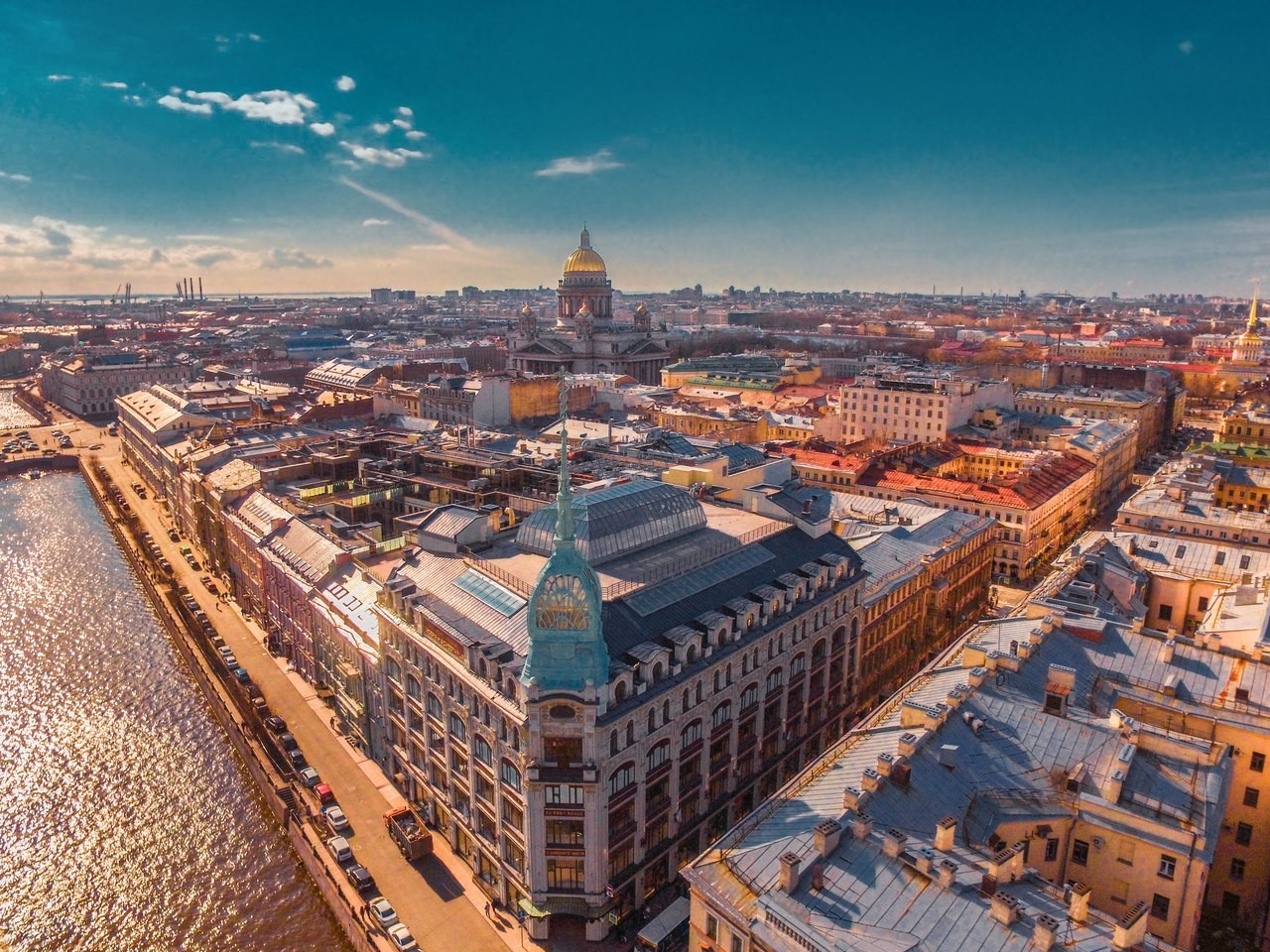
BTN: Known for its cultural attractions, can you give us an overview of what is on offer in the city?
SK: St. Petersburg was planned by its founder, Peter I, as a bridge between the whole world and Russia.
In its history the city has always been an example of harmony between traditions and innovations.
And today St. Petersburg supports this trend – it remains classical and modern, preserving historical values and developing dynamically.
The famous Hermitage and the Russian Museum, St. Isaac’s Cathedral, as well as the museums and parks of Pavlovsk, Pushkin, Oranienbaum and Gatchina remain the undoubted places of attraction for both St. Petersburg’s citizens and guests through all year round.
However, new reasons to visit St. Petersburg are worth mentioning: new creative areas, unusual gastronomic locations, bright public and cultural spaces have improved the city’s “face,” making it more young, fashionable and attractive.
As for the new objects, most important for social and cultural life and most interesting for tourist, I would mention such public areas as the Sevkabel Port, the New Holland Island, the Nikolsky Rows and the technological centre, Lenpoligraphmash.
Besides, many unique author’s excursions are being developed to discover “another” Petersburg, a cozy and unique city.
No doubts, St. Petersburg may be different for everyone – any visitor will find something exceptionally significant for himself here.
At any season the city offers many options for cultural, active and exciting rest.
Its gastronomic points, including quality restaurants and cafes, would leave the best aftertaste.
A very important feature of St. Petersburg is that the city is comfortable for people of different tastes and different generations.
So, our guests - their wide audience - can always find a huge variety of places to see and visit.
As for the modern museums which have already become famous among the city’s top attractions, I would mention the one at the Stieglitz Academy of Fine Arts, the Manege Central Exhibition Hall, the Russia Grand Layout Museum, as well as the Museum Ostrov Fortov (Island of Forts) and the Historical Park within the new urban cultural cluster of Kronstadt.
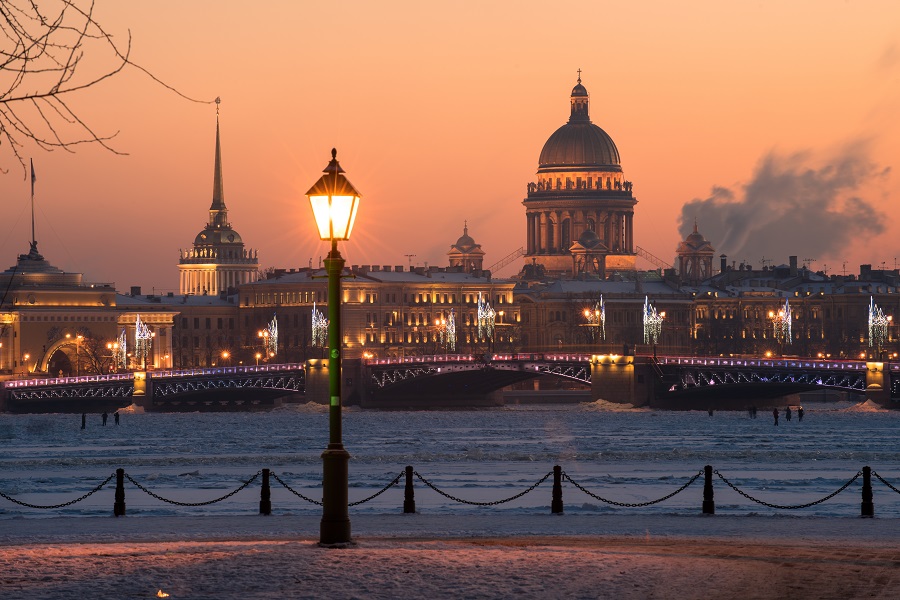
BTN: Saint Petersburg is currently preparing a bid program for the Olympic Games in 2036 – what can you tell us about that?
SK: The issues of holding the Olympic Games and building the infrastructure for this event should be carefully discussed.
However, I’m sure, in case of the positive decision St. Petersburg will organise the games at a high-level for all fans, athletes and visitors.
Our guests have already seen this during the 2018 FIFA World Cup games.
Tourists’ feedback has proved that St. Petersburg became the most hospitable city of the Championship.
The Euro 2020 games, held in St. Petersburg in summer 2021, emphasised the city’s potential in hosting big international sports events.
In the near future the Russian northern capital will welcome the new coming bright events: the Champions League final-2022, the FIVB Volleyball World Championship-2022 and the Hockey World Championship-2023.
Furthermore, hosting the Olympics would let us remain in the global information field after the games, so the importance of such event for tourism restart is beyond any doubt.
More Information
St. Petersburg is recognised as one of the largest economic, cultural and scientific centres of Russia, Europe and the world.
Find out more on the official website.
Images: Saint Petersburg Committee for Tourism Development

